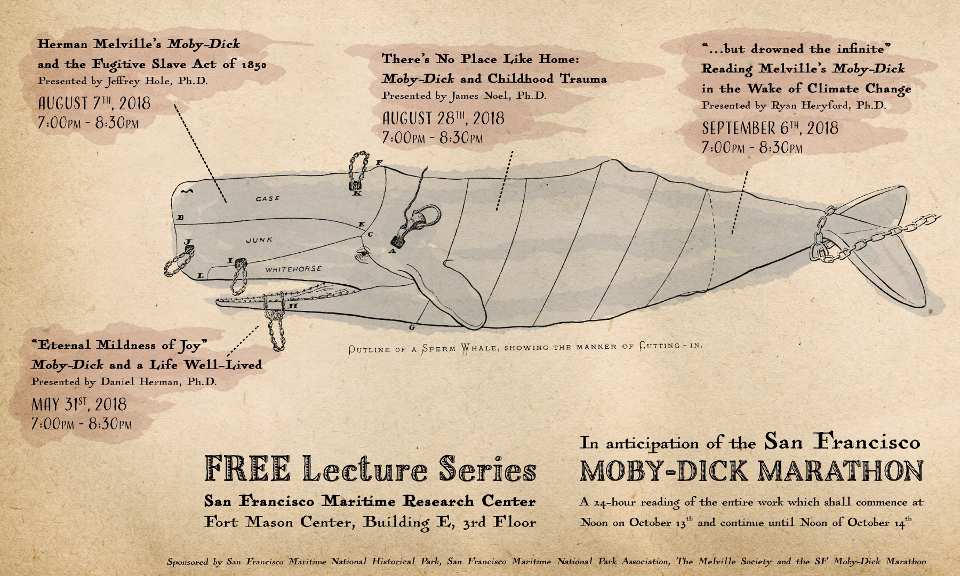
The houses associated with our early memories often arise in our imagination as spellbinding spaces, shining or dazzling; sometimes in a pleasant manner, others in a disagreeble way. These places often constitute the origin of evocations of our childhood, of our big or small family units, of the distant feelings of joy or of a certain fear, covered with darkness or light. Portuguese poet and fictionist Sophia de Mello Breyner Andresen (1919-2004) was well aware of the sacred and extraordinary conditions that a family house could hold as a space to gather, to glide over thoughts of the past, the present, the future or a mythical time, to create and tell stories, to grow and to discover life and the world. Sophia spent a substantial part of her childhood in a red house in the Portuguese city of Porto, known as the House of Campo Alegre, which was the Andresen’s family residence. That red house still stands, now as part of the city’s Botanical Garden, and functions as the Biodiversity Hall, one of the Sciences buildings of the University of Porto’s Campus.
The Andresen’s red house appears surrounded by different plants and gardens, and one can find inside it the skeleton of a whale that stranded on Porto’s Paraíso Beach in 1937. The idea of placing, right in the middle of the house, where the foyer once used to be, the skeleton of the whale came directly from one of Sophia’s short stories, «Saga», published in 1984 in her book Histórias da Terra e do Mar (Stories of the Land and the Sea). In this poetic and profound tale, based on the true story of her ancestors, there is a passage in which the narrative voice, while discribing the main character’s house, tells us that its foyer was so big that it would be possible to place in it the skeleton of a whale, in reference to that which laid in the basement of the Faculty of Sciences after stranding on the beach. This idea that shined near the end of the story, led to the decision of accomodating the actual remains of the cetacean in the entrance of the Andresen house. And this is how a gleam of the imagination of one of the most relevant literary voices of the 20th century in Portugal changed the interior physionomie of a 19th century palace.
The Biodiversity Hall of the University of Porto was created in 2015, with the mission to contribute «to the construction and dissemination of knowledge about evolution, diversity and the confluence between the natural and the cultural worlds». The skeleton was recovered from the University of Porto’s Science facilities, where it rested since 1937, and it was taken to the Spanish city of Seville, in order to be conditioned and prepared for its new setting. Apart from the evident poetic component of this story, the mere thought of rehabilitating the Andresen’s house in a viable way that appraises beauty, aesthetics, art, science and the unexpected to create a new space is something to be celebrated. Sophia de Mello Breyner Andresen’s mind, her vision and her words, together with a thoughtful and pragmatic way of envisioning the preservation of heritage buildings, have created a University facility where literature, poetry, history and science blend to create a place that serves readers, scientists, the academic community and society as a whole. In the actual crisis situation derived from COVID-19 it is mandatory to rethink our relation with what surrounds us, to question how society has converted productiveness, appearences and profitability into a way of being. Poetry, Philosophy, Humanities and the Arts should play an essential role in the reconstruction of the world as a community in order for it to become more sustainable, ecological and human.
Salamanca, May 27, 2020
